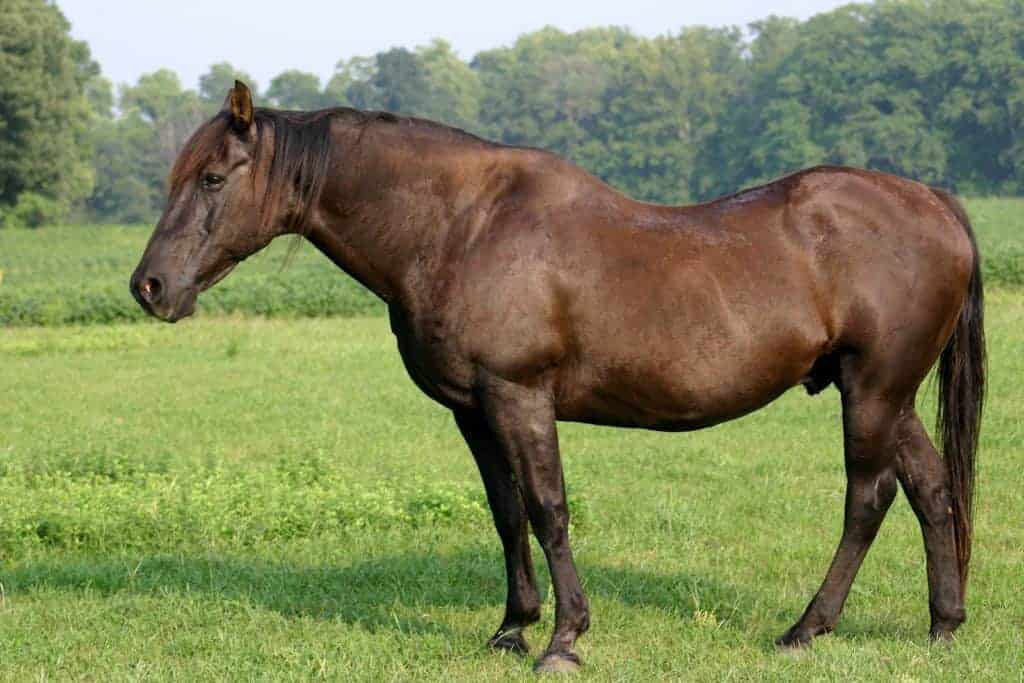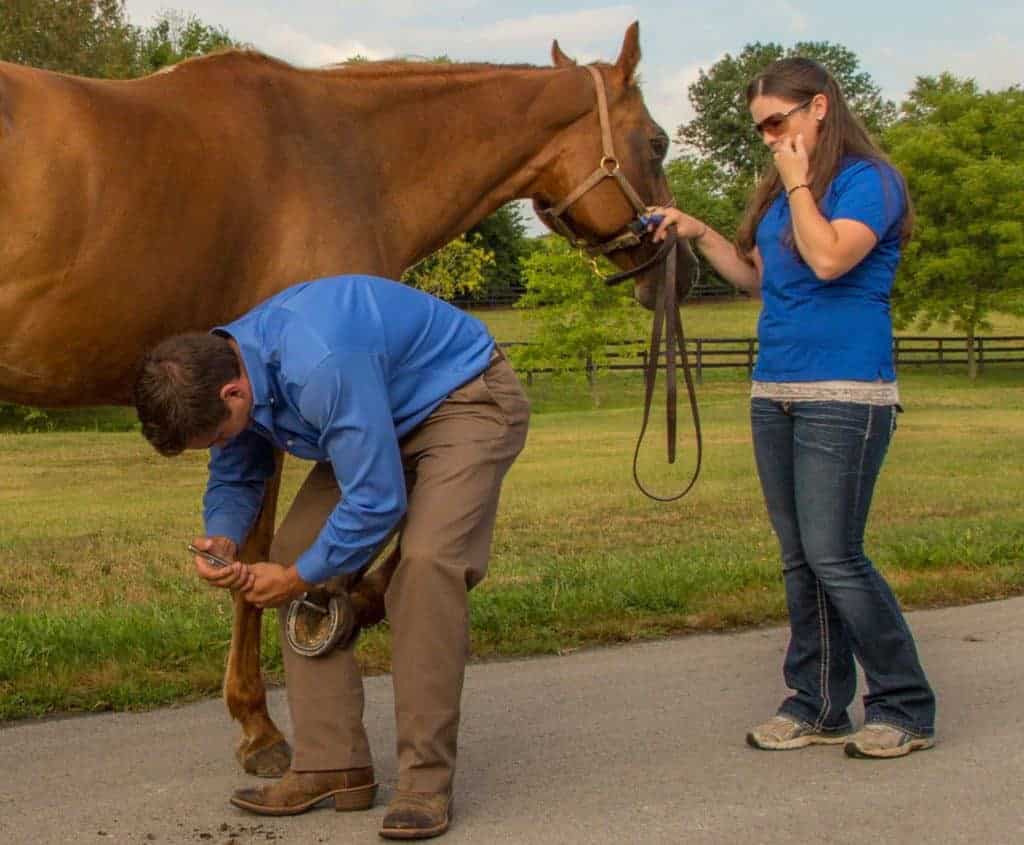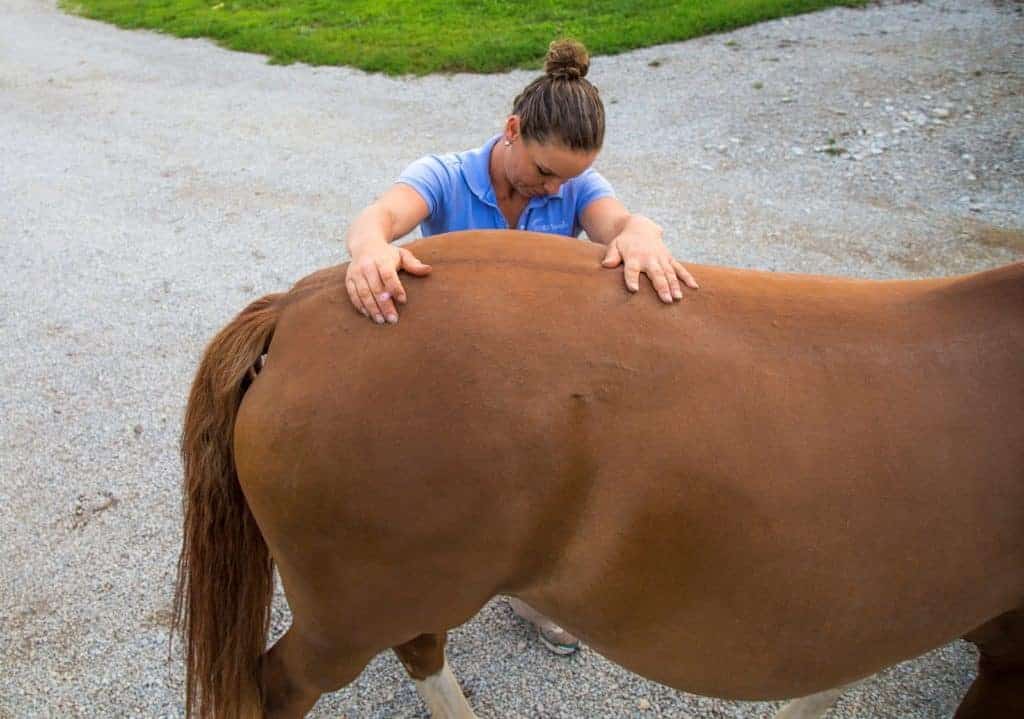
Vets Test New Way to Speed Up Nerve Block Onset in Horses
An analgesic buffered with sodium bicarbonate alleviated lameness quicker and for a longer duration than an unbuffered one, researchers found.

An analgesic buffered with sodium bicarbonate alleviated lameness quicker and for a longer duration than an unbuffered one, researchers found.

Also known as “buttress foot,” this condition primarily affects horses with poor leg conformation in high-impact disciplines. A veterinary podiatry expert explains.

Texas-based farrier David Gilliam hopes his new nonprofit, Equine Soundness Professionals, will help improve horse health by promoting increased collaboration between farriers and veterinarians.

While researchers have discovered much about EMS over the years, there’s still more to learn not only about the link between obesity, insulin, and laminitis but also how to manage animals to help prevent them from becoming obese and/or developing insulin dysregulation.

Hoof capsule distortions associated with hoof imbalance typically aren’t severe, they can affect horses’ comfort and be challenging for owners and their farriers to manage.

From initial diagnosis to hoof care and bisphosphonate use, find out the newest information about this debilitating condition.

Given the link between the external shape of the hoof capsule and its internal function, trimming and shoeing should optimize functionality and ultimately reduce stress, both to prevent injury and to treat established pathology, one veterinarian says.

Laminitis causes crippling lameness associated with intense pain that shortens horses’ athletic careers. Download this fact sheet to learn more about recognizing, treating, and preventing laminitis in horses.

Scintigraphy gives provides the practitioner with information about some injuries related to bone or soft-tissue connections to bone, but it might not reveal many other sources of foot pain, researchers found.

Members of the Royal Veterinary College’s Structure and Motion groups highlight the need for further farriery research in the Equine Veterinary Journal editorial.

Two veterinarians share what has remained the same and what’s changing when it comes to diagnosing and treating this frustrating condition, once known as navicular. Read an excerpt from this in-depth article in our July 2018 issue.

Dr. Debra Taylor describes the visual exam of a healthy hoof and how horses’ feet can change in response to external factors.

Researchers identified a link between glucose and insulin concentrations (measured using an oral glucose test) and risk and onset of laminitis.

With proper diagnostics, correct treatment, and careful management, many horses can overcome laminitis complications.

Seasoned sport horses often need a little extra TLC to continue performing well into middle age.

Instead of causing foot pain directly, rear hoof imbalances seem to cause more problems higher up the leg—to the hocks, stifles, glutes, and sacroiliac joint, one vet says.
Stay on top of the most recent Horse Health news with
"*" indicates required fields